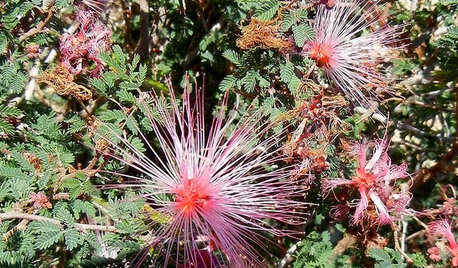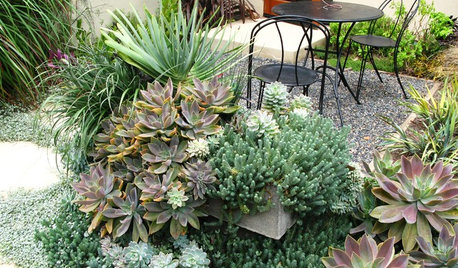Garden Maintenance Manual
woodyoak zone 5 southern Ont., Canada
13 years ago
Related Stories

MONTHLY HOME CHECKLISTSYour Winter Home Maintenance Checklist
Keep your home and yard safe and running smoothly as temperatures drop and activity moves indoors
Full Story
MONTHLY HOME CHECKLISTSYour Spring Home Maintenance Checklist
When winter weather departs, it’s time to check for damage and prepare for warm days ahead
Full Story
MOST POPULARA First-Time Buyer’s Guide to Home Maintenance
Take care of these tasks to avoid major home hassles, inefficiencies or unsightliness down the road
Full Story
GARDENING GUIDESGreat Design Plant: Low-Maintenance Calliandra Eriophylla
Pink, puffy flowers of pink fairy duster transform the lacy foliage of this desert native in spring
Full Story
FALL GARDENINGGreat Design Plant: Low-Maintenance Allium Cernuum
Nodding onion is a Mid-Atlantic native bulb with beautiful midsummer blooms
Full Story
GARDENING AND LANDSCAPING4 Fabulously Low-Maintenance Garden Focal Points
Create a memorable ambience in your landscape with eye-catchers like these
Full Story
SUCCULENTSAmazingly Low-Maintenance Picks for Outdoor Planters
Turn to succulents, cacti and ornamental grasses to keep your summer watering and care to a minimum
Full Story
GARDENING GUIDESGreat Design Plant: Rosa Banksiae a Low-Maintenance Beauty
This thornless, disease- and insect-resistant rose brings showers of white or yellow flowers to the spring garden
Full Story
LANDSCAPE DESIGN7 Low-Maintenance Lawn Alternatives
Turf isn't the only ground cover in town. Get a lush no-grass lawn with clover, moss and other easy-care plants
Full Story
MONTHLY HOME CHECKLISTSYour Fall Home Maintenance Checklist
Prep your house and yard for cold weather with this list of things to do in an hour or over a weekend
Full StoryMore Discussions









inkognito
woodyoak zone 5 southern Ont., CanadaOriginal Author
Related Professionals
Chattanooga Landscape Architects & Landscape Designers · Surprise Landscape Contractors · Burlington Landscape Contractors · East Lake-Orient Park Landscape Contractors · Gurnee Landscape Contractors · Indianapolis Landscape Contractors · La Mirada Landscape Contractors · New Braunfels Landscape Contractors · Northbridge Landscape Contractors · Ringwood Landscape Contractors · Fort Myers Decks, Patios & Outdoor Enclosures · Pataskala Decks, Patios & Outdoor Enclosures · Pittsburgh Decks, Patios & Outdoor Enclosures · Dent Stone, Pavers & Concrete · Sudley Swimming Pool Buildersinkognito
tibs
inkognito
nandina
woodyoak zone 5 southern Ont., CanadaOriginal Author
timbu
rosiew
woodyoak zone 5 southern Ont., CanadaOriginal Author
drtygrl
woodyoak zone 5 southern Ont., CanadaOriginal Author
drtygrl
woodyoak zone 5 southern Ont., CanadaOriginal Author